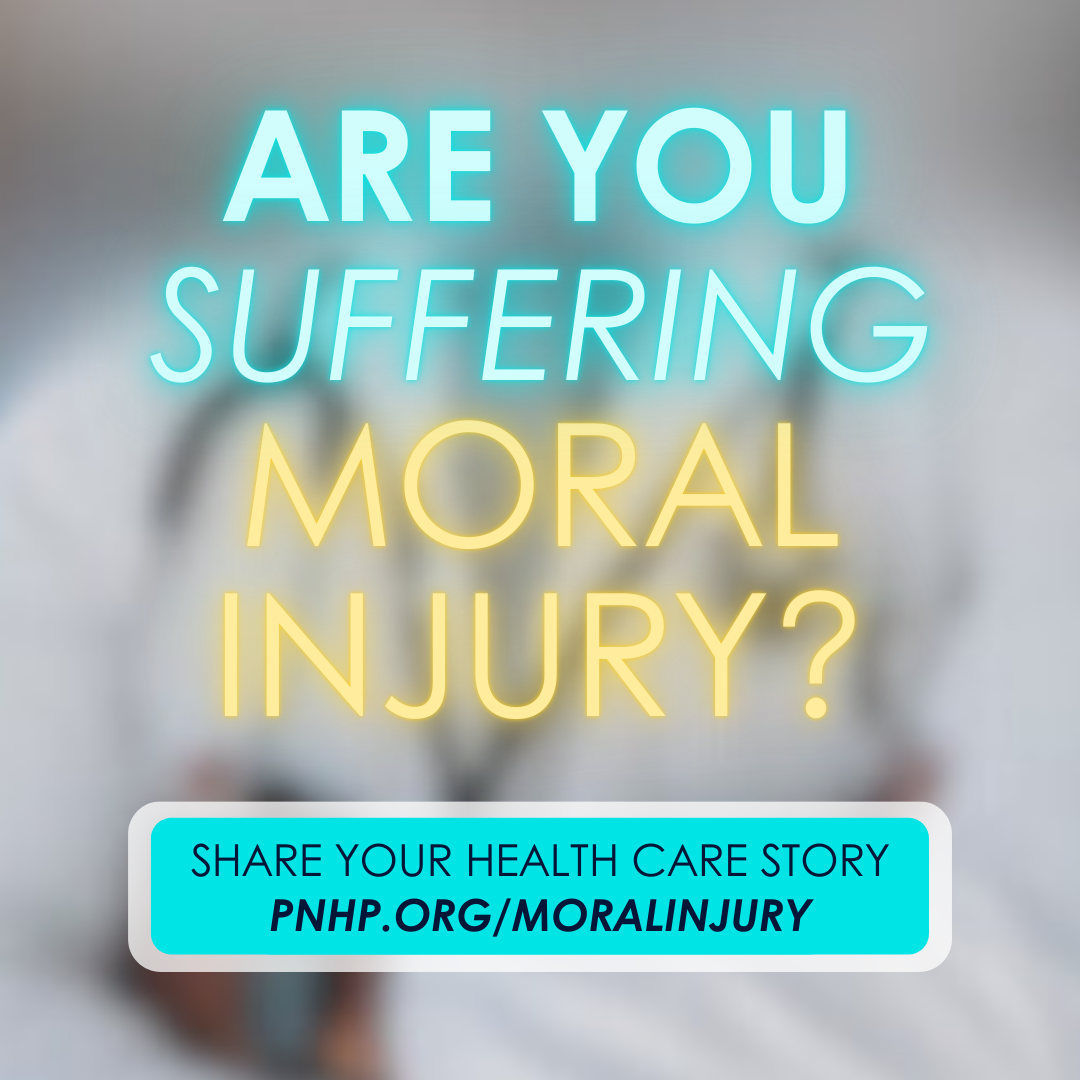Catastrophic Health Expenditure Risk Among Uninsured Trauma Patients in the United States
By Scott, John W. M.D., M.P.H.; Raykar, Nakul P. M.D., M.P.H.; Rose, John A. M.D., M.P.H.; Tsai, Thomas C. M.D., M.P.H.; Zogg, Cheryl K. M.S.P.H., M.H.S.; Haider, Adil H. M.D., M.P.H.; Salim, Ali M.D.; Meara, John G. M.D., D.M.D., M.B.A.; Shrime, Mark G. M.D., M.P.H., Ph.D.
Annals of Surgery, April 7, 2017
Abstract
Objective: To characterize the economic hardship for uninsured patients admitted for trauma using catastrophic health expenditure (CHE) risk.
Background: Medical debts are the greatest cause of bankruptcies in the United States. Injuries are often unpredictable, expensive to treat, and disproportionally affect uninsured patients. Current measures of economic hardship are insufficient and exclude those at greatest risk.
Methods: We performed a retrospective review, using data from the 2007-2011 Nationwide Inpatient Samples of all uninsured nonelderly adults (18-64 yrs) admitted with primary diagnoses of trauma. We used US Census data to estimate annual postsubsistence income and inhospital charges for trauma-related admission. Our primary outcome measure was catastrophic health expenditure risk, defined as any charges >=40% of annual postsubsistence income.
Results: Our sample represented 579,683 admissions for uninsured nonelderly adults over the 5-year study period. Median estimated annual income was $40,867. Median inpatient charges were $27,420. Overall, 70.8% of patients were at risk for CHE. The risk of CHE was similar across most demographic subgroups. The greatest risk, however, was concentrated among patients from low-income communities (77.5% among patients in the lowest community income quartile) and among patients with severe injuries (81.8% among those with ISS >= 16).
Conclusions: Over 7 in 10 uninsured patients admitted for trauma are at risk of catastrophic health expenditures. This analysis is the first application of CHE to a US trauma population and will be an important measure to evaluate the effectiveness of health care and coverage strategies to improve financial risk protection.
***
Uninsured with traumatic injuries may be cured into destitution
By Ronnie Cohen
Reuters, April 20, 2017
When a badly injured patient rolls into the emergency room, Dr. John Scott doesn’t ask to see proof of insurance. Instead, he immediately begins treatment.
Hospital care frequently saves patients from gunshots, stab wounds, crushing car accidents and other traumatic injuries. But Scott found in a new study that 7 out of 10 adult uninsured trauma patients suffer another debilitating injury: financial catastrophe.
“We’re getting better at trauma, and they’re going home financially ruined,” Scott said in a phone interview.
“There’s nobody we turn away for emergency trauma care. We don’t check people’s insurance status. We don’t check their wallet,” he said. “If everybody is deserving of world-class trauma care, everybody is deserving of protection from financial catastrophe from that care.”
Dr. David Himmelstein, a professor at the City University of New York’s Hunter College School of Public Health, described the study as “quite sophisticated.” It “paints an extraordinarily disturbing picture of America’s vulnerability,” he said in an email.
“This study shows that someone who is in a car accident, or is mugged, or experiences sudden trauma for some other reason, risks being driven to financial ruin,” he added.
“In essence, unless you’re Bill Gates, you could be at risk of financial catastrophe if you fall seriously ill,” said Himmelstein, who was not involved with the study.
***
Comment:
By Don McCanne, M.D.
We hear often of healthy individuals remaining uninsured because of the very high cost of health insurance, but it is a risk that they are willing to take because they have very few health care needs…though they hope nothing really bad happens. Well, bad things do happen, and this study confirms that 70 percent of those who lost the bet face destitution.
The intent leading up to health care reform was that everyone would be covered. But, as the Affordable Care Act was crafted, it became obvious that the design in putting together various public and private programs was not seamless, and could never be. Thus it was accepted that millions would remain uninsured (28.5 million under 65 as of Sep 2016 – KFF), unless we were to do single payer or something like that, but, of course, that wasn’t feasible, so they said.
More patches could be added to the system but only at higher marginal costs, requiring a major expansion of our wasteful administrative burden, and yet it would still fall short. The deficiencies of the Republican proposals have been exposed by their own rhetoric – that it’s about “access” (but not about actually financing insurance or health care). Their proposals would only increase the numbers of uninsured.
Today’s report shows that relying on current good health and hoping for the best in the future is not a satisfactory approach. As study coauthor Dr. John Rose indicates, absolutely everyone is entitled to our world-class trauma care, and yet they are not entitled to protection from financial catastrophe from that care. We have to change that.
It has become obvious that a single payer national health program is the only feasible approach for the United States that would not only guarantee access to care but would also finance it for everyone. The patchwork models just don’t work, and are too expensive anyway.
